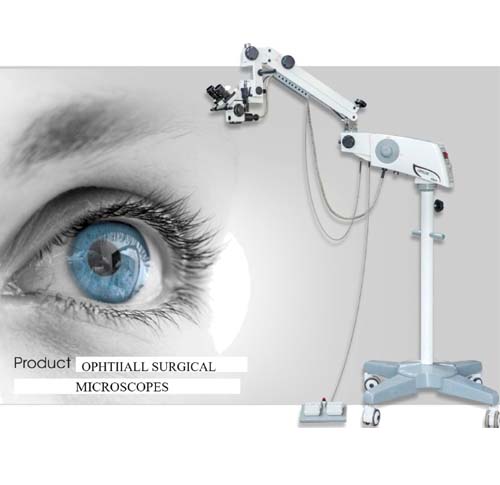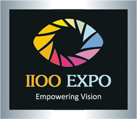I started to write this blog after I received a nice feedback from an young Ophthalmologist in Pune who recently purchased the Ophthall Microscope and is using it for over a month. Our little innovation to start manufacturing affordable surgical microscopes has helped 100s of Ophthalmologists all over India to own good quality microscopes at fraction of the cost which they will be paying for the multinational products.
" Its truly amazing experience working on ophthall microscope, the optics are just fabulous, didn't even expected such a great quality in this much cost.. honestly it was a perfect decision to buy this microscope-Many Thanks to Ophthall group and honored to be a part of Ophthall Family"
Dr Darshan - Pune
This blog is not to promote the Ophthall Microscope but to explain how affordable Innovations can change the way Ophthalmology is practiced in India.
Innovations in ophthalmology can significantly impact the accessibility and affordability of eye care, especially in regions with limited resources. Here are several ways in which low-cost innovations can benefit ophthalmology:
1. Teleophthalmology:
We can Develop low-cost teleophthalmology solutions that enable remote diagnosis and monitoring of eye conditions. This can be particularly useful in rural or underserved areas where access to eye care specialists is limited.
2. Portable Diagnostic Devices:
Industry or Ophthalmologists should Create affordable, portable diagnostic devices that can be used for preliminary eye examinations. This could include low-cost retinal cameras, tonometers, and visual acuity testing tools.
3. Smartphone Applications:
- Develop smartphone applications for basic eye screening tests. These apps can be designed to detect common vision problems, such as refractive errors, and provide users with information on when to seek professional eye care.
4. Low-Cost Surgical Instruments:
- Design and manufacture low-cost surgical instruments for common eye surgeries. This can make essential eye surgeries more accessible in resource-constrained settings.
5. Training Simulators:
- Develop affordable virtual reality or simulation-based training tools for eye care professionals. This can help in training more ophthalmologists and optometrists efficiently and cost-effectively.
6. Community-Based Screening Programs:
- Implement community-based eye screening programs using cost-effective tools and technologies. This can help in early detection of eye conditions and reduce the burden on hospitals.
7. Educational Outreach:
- Leverage low-cost technologies such as webinars, online courses, and educational videos to disseminate information about eye health and preventive measures. This can help raise awareness and empower individuals to take better care of their eyes.
8. Affordable Eyeglasses:
- Develop low-cost, easily producible eyeglasses to correct common vision problems. This can address refractive errors and improve the quality of life for many individuals who cannot afford expensive eyewear.
9. Collaboration with NGOs and Governments:
- Collaborate with non-governmental organizations (NGOs) and government agencies to implement cost-effective eye care programs. This can involve providing support for screenings, treatments, and the distribution of low-cost eye care technologies.
10. Open-Source Solutions:
- Encourage the development of open-source hardware and software solutions for ophthalmic equipment. This can facilitate widespread adoption and adaptation of technologies, reducing costs and promoting innovation.
By focusing on these Affordable innovations, the field of ophthalmology can make significant strides in making eye care more accessible, especially in regions where resources are limited. Additionally, these innovations can contribute to early detection, prevention, and treatment of eye conditions, ultimately improving overall eye health on a global scale.
Please do share your feedback and to connect to me in whats app +919840324333

